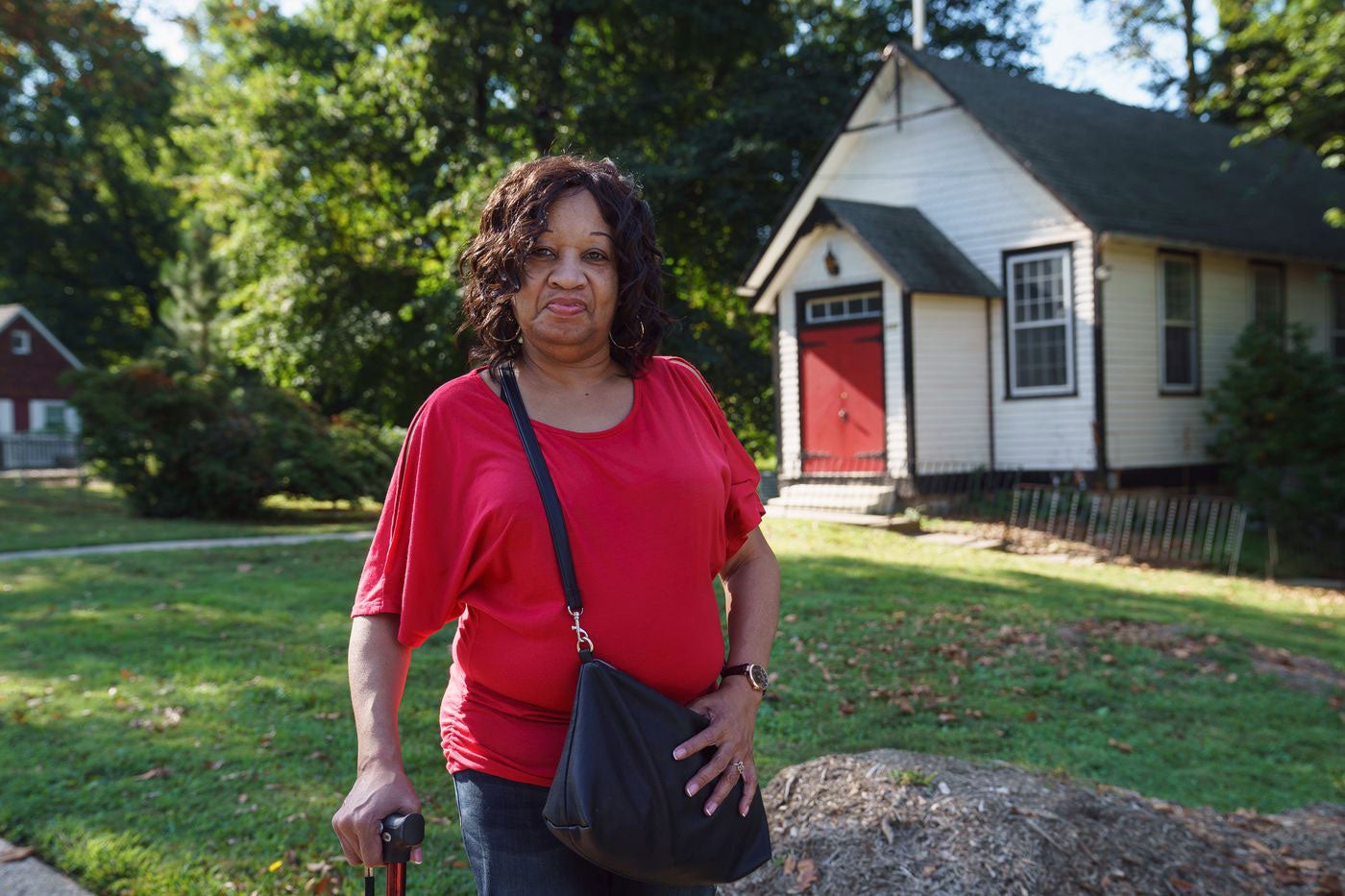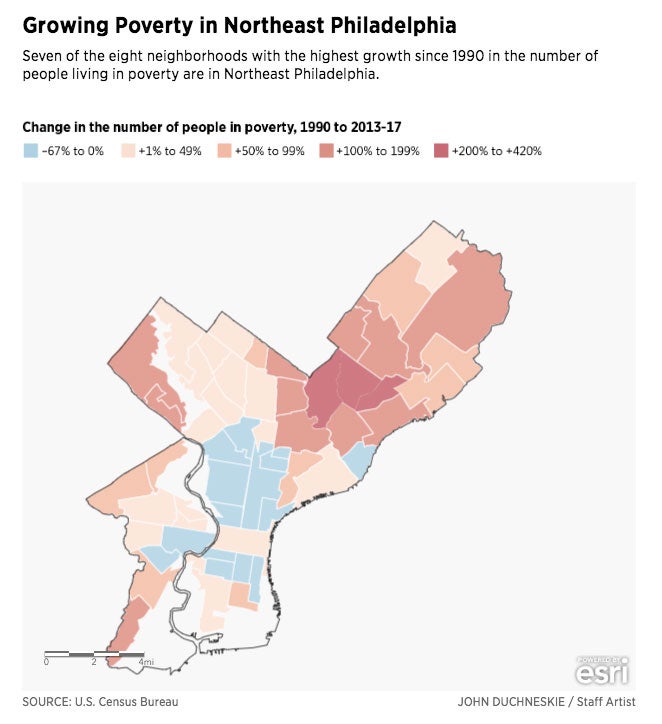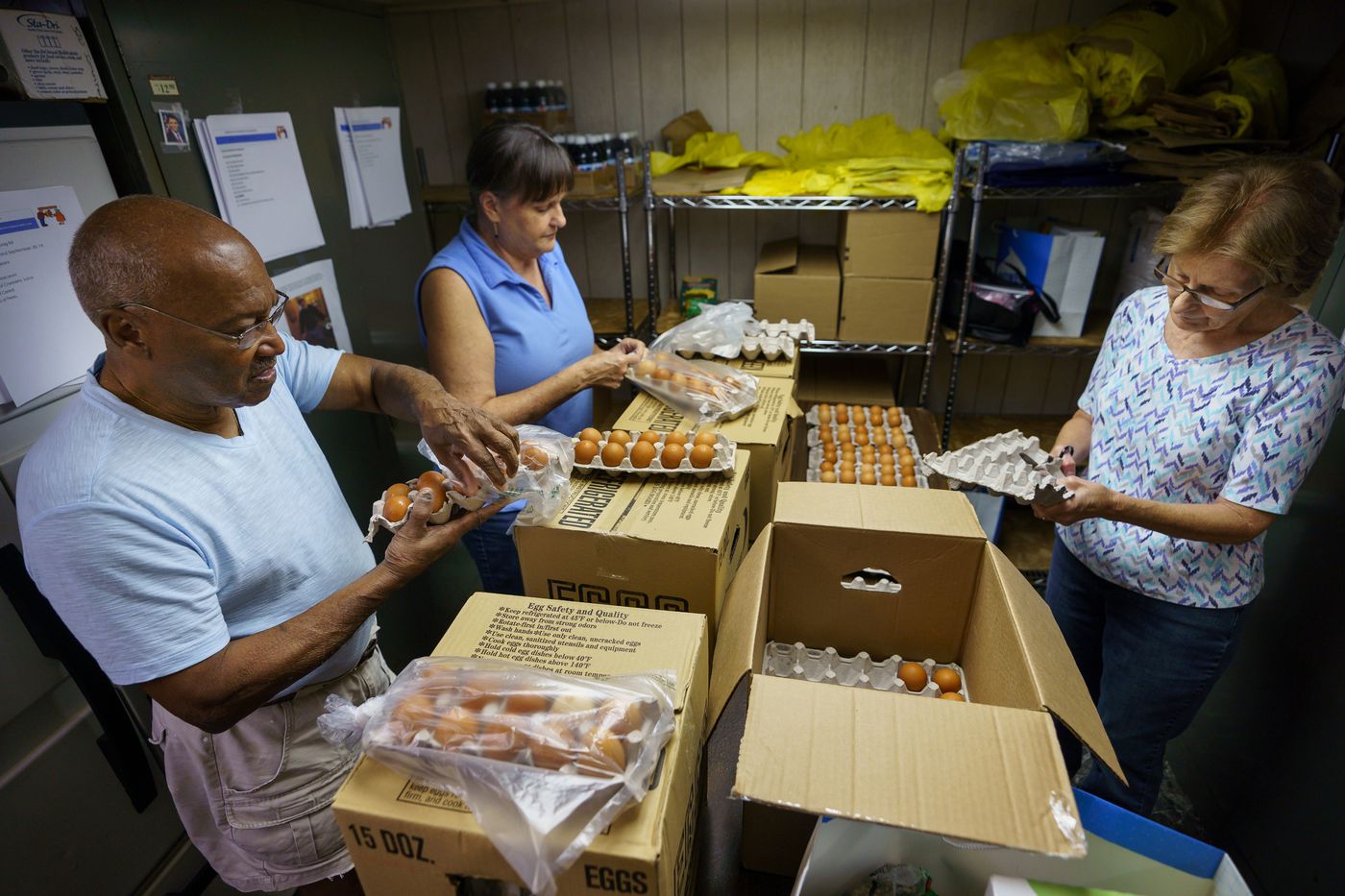This story in the beginning appeared on The Philadelphia Inquirer.
For years, Glenda Banner donated food to the Somerton Interfaith food financial institution, housed in a tiny, one hundred twenty-12 months-historic white chapel that sits in a quiet, green slice of Philadelphia more like a suburban hamlet than a city local.
but 5 years in the past, Banner, sixty two, who's a widow and has lived in the Northeast seeing that 1975, suffered a stroke that ended her 35 years of employment as a healthcare worker.
Misfortune has turned Banner, now dependent on incapacity revenue, into a client of the food financial institution, counting on cans of beans and tuna not unlike the ones she used to tote to those in want.
 Glenda Banner used to donate to the Somerton Interfaith food bank. but age and health problems modified her lifestyles. Now she's a consumer of the pantry. (Jessica Griffin/Philadelphia Inquirer)
Glenda Banner used to donate to the Somerton Interfaith food bank. but age and health problems modified her lifestyles. Now she's a consumer of the pantry. (Jessica Griffin/Philadelphia Inquirer) "I once gave to this vicinity, however now…," she talked about, her voice trailing off. "You just don't understand how you're going to end up in this world."
Northeast Philadelphia has long been identified as a spot apart, a center-category American dreamscape of tidy buildings that conspicuously broadcast their occupants' arrival in the milk-and-honey precincts far from the city's traditionally bothered districts.
while plenty of the Northeast retains that singular uniqueness, the storied enclave of some 300,000 residents has seen poverty become a burgeoning and undesirable function over the remaining era as individuals age into fastened incomes, immigrants circulation in, and negative families depart gentrifying neighborhoods somewhere else in the metropolis for extra low cost environs. Some social scientists additionally aspect to one more force at work on account that the mid-Nineties with the introduction of federal part 8 housing vouchers, which allowed low-profits residents of North and West Philadelphia, amongst other sectors, to relocate there.
An Inquirer analysis of U.S. Census figures suggests how the variety of these living in poverty in the Northeast has accelerated — in some circumstances, with the aid of mind-blowing amounts — within 27 years. For a household of three, the federal poverty line is $21,330.
for instance, between 1990 and 2017 (the newest figures available), the number of residents dwelling in poverty in Mayfair rose from 939 to 4,884, a 420% jump. Of all Philadelphia neighborhoods, Mayfair registered the greatest single boost during that time length.
similarly, Oxford Circle skilled a 352% boom in the number of its residents in poverty (from 3,168 to 14,328). In Lawncrest, it was 291% (from three,300 to 12,907); in Rhawnhurst, 199% (from 1,955 to 5,845); and in Tacony, a hundred and seventy% (from 2,658 to 7,188).

"A 420% enhance is a pretty excellent quantity," said Marc Collazzo, government director of the Mayfair enterprise improvement District and community development agency. "I've not ever heard it earlier than."
It's doubly confounding, Collazzo added, because the Northeast is doing well, precise estate-smart. There are few industrial-house vacancies, and general property values are up, he spoke of. The median house price there this 12 months is $178,000, in response to Kevin Gillen, a true estate knowledgeable at Drexel university.
"however nevertheless there's poverty," Collazzo introduced. "It's a strange dichotomy."
(The newest federal figures on poverty, so they can describe the poverty rates of Philadelphia as an entire, as well as these of the suburban counties, might be released by way of the U.S. Census Bureau on Sept. 26.)
greater older Philadelphianshigh concentrations of older Philadelphians dwelling within the Northeast make contributions vastly to poverty, mentioned Brian Gralnick, a director at the Jewish Federation of enhanced Philadelphia, which keeps a big office in the Northeast.
Of the greater than 80,000 individuals aged 60 and above residing in the Northeast, 13% have been in poverty in 2018, up from 9% in 2010, in response to Allen Glicksman, director of research and assessment at Philadelphia corporation for getting older.
As residents retire, their incomes lower and reductions get sapped, Gralnick said. "We're seeing older adults getting old in location and residing longer than they concept," with less cash, he introduced.
around 27% of all Philadelphians aged 60 and above are living within the Northeast, the optimum single attention of older residents in any metropolis nearby, Glicksman talked about. (The next-closest areas are South Philadelphia and West Philadelphia, where 12% of residents in every nearby are aged 60 and older, Glicksman observed.)
Welcoming immigrantsmeanwhile, the Northeast has continued to welcome immigrants — Russians, middle Easterners, crucial and Southeastern Asians, and Latinos amongst them — lots of whom struggle with poverty once they arrive.
Compton Chase, a missionary who runs the Somerton Interfaith meals Pantry as a part of St. Andrew's In-The-box Episcopal Church, pointed out he's seen a 65% boost in his variety of consumers in the ultimate few years, now just under 1,000. Many are either Russian or Ukrainian immigrants.
 (Left to correct) Volunteers Compton Chase, Jane Keator, and Jeannie Sepielli work to meet a growing to be want at Somerton Interfaith meals bank. (Jessica Griffin/Philadelphia Inquirer)
(Left to correct) Volunteers Compton Chase, Jane Keator, and Jeannie Sepielli work to meet a growing to be want at Somerton Interfaith meals bank. (Jessica Griffin/Philadelphia Inquirer) proof of immigrant want is common.
Philadelphia's biggest office of WIC, a federal nutrients application serving low-earnings toddlers and mothers, is in Rhawnhurst, according to Linda Kilby, government director at NORTH, Inc.Managers of the Philadelphia WIC software. (WIC stands for the particular Supplemental food application for girls, little ones, and kids.
most of the 10,000 purchasers are immigrants "from in every single place the realm," Kilby spoke of, "Russia, South america, other places."
meanwhile, at Feast of Justice meals pantry in Mayfair, one of the vital greatest in the metropolis with 6,000 shoppers, Pastor Tricia Neale said she saw her Latino population boost from 10% to 12% in the final 12 months alone. The pantry's Asian clientele is around 8% and preserving regular, she talked about. The section of white customers is shedding a little bit, but still hovers round forty four%, a lot of whom are elderly, Neale brought. It's viable that a couple of others may be members of the family who misplaced earnings after their family succumbed to opioid addiction, she observed.
Is gentrification making the Northeast poorer?Gentrification in quite a few parts of the metropolis may additionally even be contributing to poverty in the Northeast, although it's complicated to song, talked about Neale.
nonetheless, she introduced, "Zoning changes up here are at all times turning homes into duplexes and triplexes, bringing down rents in some locations and allowing reduce-income people to move in."
raises in poverty within the Northeast are getting the attention of leaders at Share food application, which distributes meals to round 600 pantries in Philadelphia and Montgomery County.
George Matysik, executive director, stated a contemporary survey of pantries indicates that there's been a decline in need amongst those located in gentrifying neighborhoods, where building pushes out these in poverty.
"I've seen want drop in my pantry in Brewerytown from eighty to 25 americans," stated Linda Gerald, whose vicinity is in Peniel Baptist Church. She said she'd been serving residents of nearby housing initiatives, but development has caused them to movement out, several of them to the Northeast, as bigger salary americans settle in.
"Now you have a brand new set wanting dog grooming, breweries, tattoo parlors," Gerald pointed out. "now not a food pantry."
because the metropolis gentrifies, poverty isn't being solved, however simply moved outward, noted Matysik, who introduced that he believes, according to anecdotal proof, that many displaced people in poverty are moving to the Northeast.
subsequently, he mentioned, Share is in the manner of "constructing out deeper pantry networks within the Northeast, where traditionally you don't see as a good deal anti-poverty infrastructure.
"We want to recruit organizations to aid us feed individuals, however also use food as a gateway to carry other capabilities to low-income people in the Northeast."
even though it's clear that need in the Northeast has been turning out to be over time, the reputations of neighborhoods change slowly. That's why some folks are nonetheless surprised to hear of poverty there.
"I've lived here for forty six years," stated Jean Kealtor, a volunteer at the Somerton Interfaith food financial institution. "individuals checked out us all that point because the wealthy folks.
"It's now not that method anymore. We didn't need a meals financial institution 46 years ago.
"We do now."
 The Philadelphia Inquirer is one of 21 news groups producing Broke in Philly, a collaborative reporting venture on solutions to poverty and the metropolis's push towards financial justice. See all of our reporting at brokeinphilly.org.
The Philadelphia Inquirer is one of 21 news groups producing Broke in Philly, a collaborative reporting venture on solutions to poverty and the metropolis's push towards financial justice. See all of our reporting at brokeinphilly.org.
No comments:
Post a Comment
Note: Only a member of this blog may post a comment.